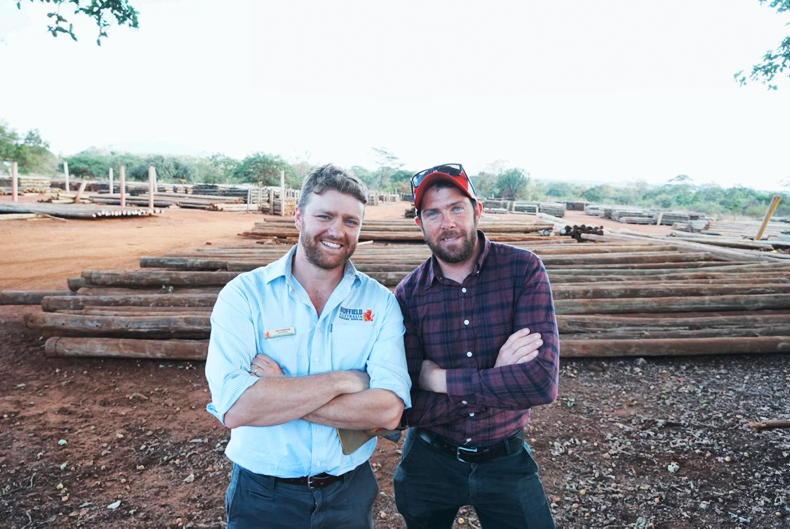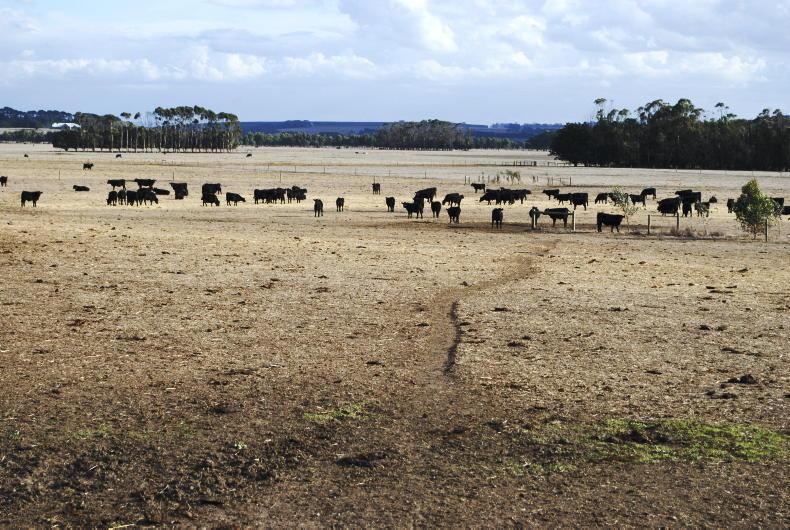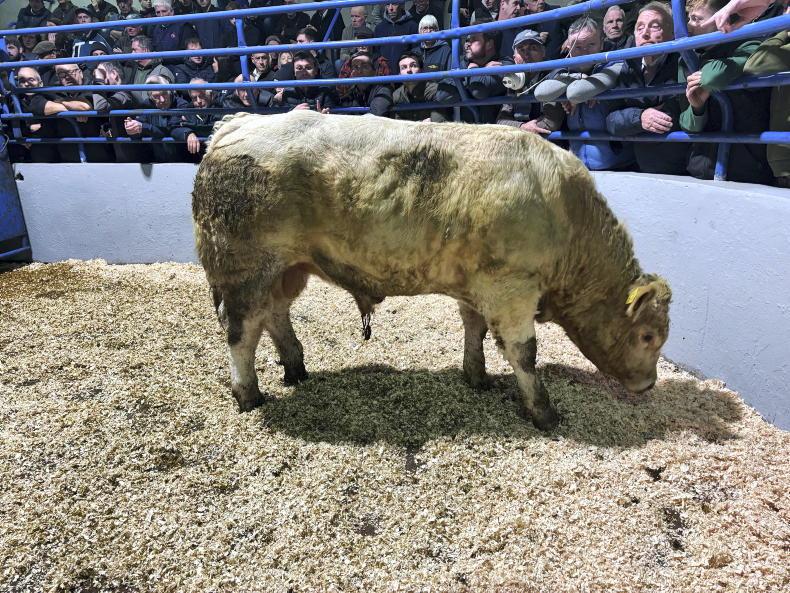Data published this week by Australia’s Bureau of Statistics (ABS) confirms that 2022 was a record year for Australian sheepmeat production.
Overall, 243,003t of lamb was produced in 2023, up 12% on the previous year, with quarter four having the largest quarterly lamb slaughter on record at 6.674m.
That brought the annual total to 24.9m lambs processed, up 16.4% o the previous year and a record high. This number is almost 2m higher than the previous record lamb slaughter, which was set in 2016.
Both beef and sheepmeat production in Australia are closely related to prevailing climate conditions. Between 2018 and 2020, Australia suffered from prolonged drought and a forced destocking of both cattle and sheep.
Rebuilding process
Since 2021, a herd and flock rebuilding process has been ongoing, which meant retention of female cattle and sheep for breeding and low numbers available for processing.
By late 2022, herd and flock rebuilding were considered complete, with the national sheep flock at a 15-year high and record production assisted by improved productivity.
It was a similar picture with cattle and beef production. Slaughter numbers passed 7m head, which was up 20% on 2022, with the overall cattle herd increasing to 28.8m head, the highest in over a decade.
Beef production increased by 18% year on year to 2.2m tonnes, the highest output since 2019 when drought was causing a huge cattle cull.
Why does it matter?
There may be a temptation to dismiss what happens in Australia in relation to beef and sheep production as being of little relevance to the Irish beef and sheep sector.
On one level, this is true, as while both countries are exporters, they operate in different markets.
Irish exports for beef and sheepmeat are targeted at the UK and the rest of Europe, with negligible amounts traded in wider global markets.
Australia’s markets are the opposite - very small volumes to the UK and Europe with their main outlets in Asian and North American markets.
However, while Ireland has struggled to supply the North American or Asian markets, despite having had approval for over a decade in several cases, Australia could be on the brink of doing serious business in the UK and perhaps the EU in the longer term.
The trade deal between Australia and the UK came into effect in the middle of last year and there already has been a surge in both beef and sheepmeat exports from Australia to the UK, although from a very low base.
Volumes for 2023 were just under 13,000t of sheepmeat, a 49% increase on 2022, and beef volumes increased five-fold to a still low 2,400t.
With the UK now a real viable option for Australian exporters, the volume of beef and sheepmeat output in Australia and its farmgate price have become very relevant for Irish farmers producing a similar product with a much higher cost base.










SHARING OPTIONS